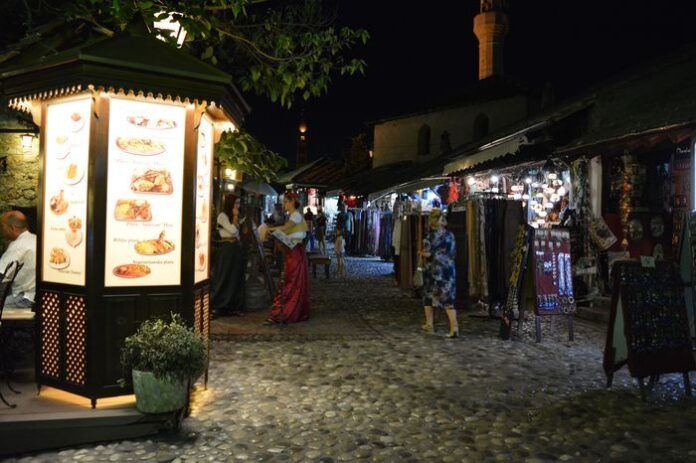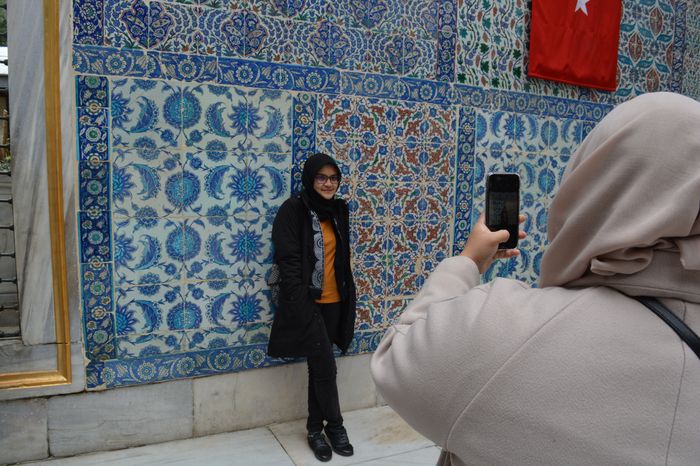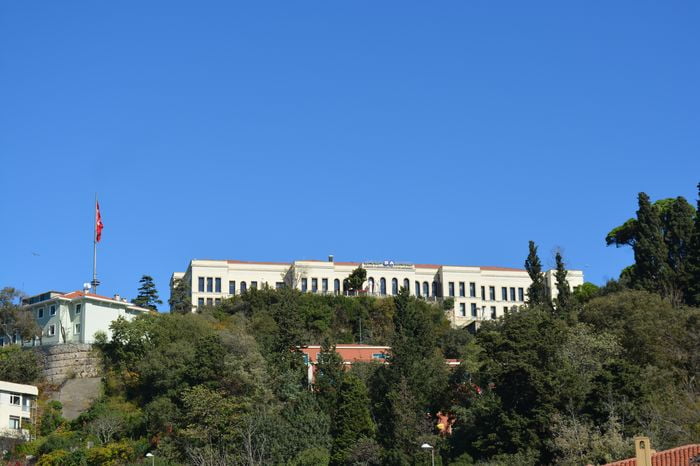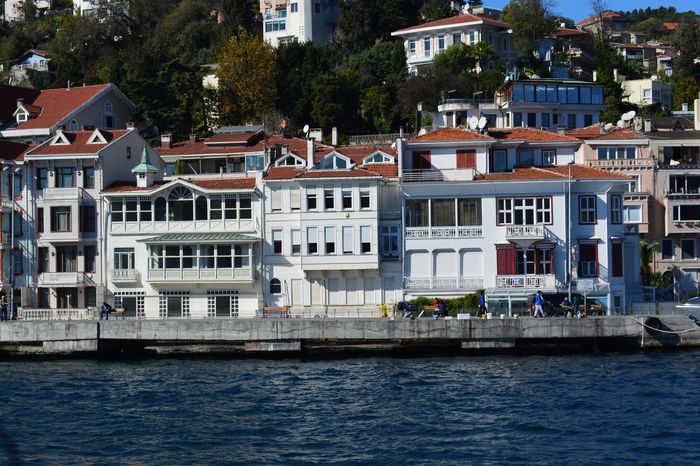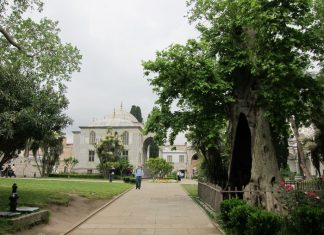Life in Constantinople is marked by constant fear and apprehension. The people live in a vague dread of danger, and this feeling is justified, as the hand of Ishmael—a historical reference to the tension between different groups—is said to be against everyone. This fear creates an environment where people are always on edge Loss of Language Among Greeks and Armenians.
Unknown Population Size
No official census has ever been taken in Constantinople, so the exact population is unknown. Estimates range from 875,000 to 1,250,000, with the latter number likely being closer to the truth. The city is very densely populated, with people living very close together in a vast area. There is also a large floating population—thousands of people come to the city each year, spend part of the year there, and then return to other parts of Turkey or nearby countries.
Religious Breakdown of the Population
The population is divided by religious groups, and here is the estimated breakdown:
Moslems: 400,000
Greeks: 175,000
Armenians: 250,000
Jews: 75,000
Bulgarians: 6,000
Greek Catholics: 1,200
Roman Catholics: 7,500
Protestants: 2,000
Miscellaneous: 150,000
This division highlights the religious diversity of the city, which is home to many different communities.
Political Structure of Constantinople
Constantinople is divided into ten municipal circles or wards, each of which is part of a larger district called a vilayet. The city is governed by a prefect, who is assisted by a mcjlis (a council) and a large team of officials. Each ward is managed by a director, and further subdivisions are governed by madirs (local administrators) Guided Ephesus Tour.
The Power of the Prefect
The prefect has absolute power over the people in Constantinople. He is not accountable to anyone except the Sultan. He can order the disappearance of people and the confiscation of property without explanation, and no one can question his decisions. The prefect manages taxes, collects funds, and distributes them as he sees fit.
The madirs and other officials follow the prefect’s orders, as they rely on him to protect them from the Sultan’s direct influence. The Moslem priests and monks also hold a lot of power, and their influence is undisputed among the people. The Sheik-ul-Islam, who is the head of the Moslem Church, is second in power only to the Sultan, and both the prefect and the madirs are careful never to offend him.
